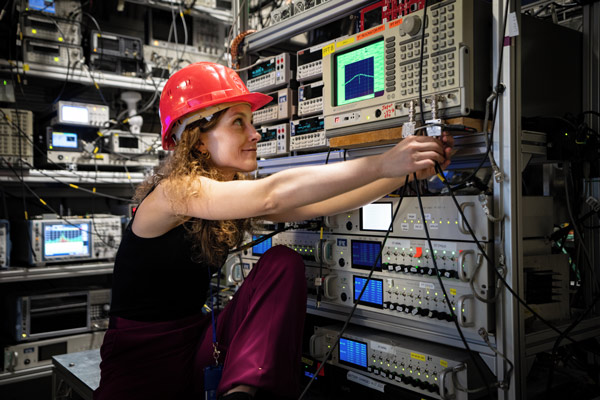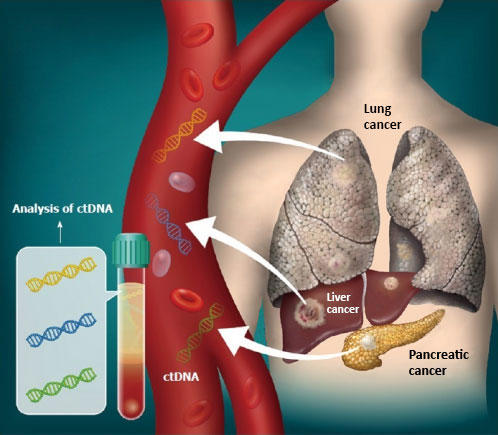
Figure 1: Barbara Latacz, one of Stefan Ulmer's team members, working on a quantum spectroscopy measurement using a single antiproton spin. © 2025 CERN/BASE
RIKEN researchers have applied powerful coherent spectroscopy techniques to a most unlikely object-a single particle of antimatter1. This should allow scientists to probe the differences between matter and antimatter at higher accuracies than ever before.
Detecting even the tiniest difference between the properties of a proton and its antimatter equivalent-an antiproton-would completely blow apart the foundations of one of the most successful theories of modern physics.
But that is what a team at CERN led by Stefan Ulmer of the RIKEN Ulmer Fundamental Symmetries Laboratory is looking for.
The principle of charge-parity-time (CPT) invariance undergirds highly successful quantum field theory. It predicts that an antimatter particle will have the opposite charge to its matter equivalent but will be identical in all other respects. So an antiproton should be indistinguishable from a proton except for being negatively charged.
Protons are everywhere around us, accounting for about half the mass of everything we can see. In contrast, antiprotons are extremely few and far between, and scientists use large particle accelerators to produce them.
This massive discrepancy between the abundance of matter and antimatter in the Universe is a great enigma of modern physics, since the Big Bang is expected to have produced equal amounts of both.
One possible explanation is that the properties of matter and antimatter differ ever so slightly, and this difference led to the overwhelming predominance of matter that we see today. But that would mean relinquishing CPT invariance, causing mammoth headaches for theorists.
"If CPT is violated, we'd have to rethink our understanding of causality, the architecture of space-time, or the concept of unitarity in quantum mechanics-all very fundamental principles," says Ulmer.
Ulmer's team is measuring the properties of antiprotons at ever increasing accuracies to see if they can find any differences from those of protons.
They have now demonstrated that a quantum spectroscopic technique can be applied to single antiprotons contained in a special trap known as a Penning trap. They were able to flip the spin of an antiproton between up and down states coherently and multiple times, in a phase-evolution time for almost a minute.
This demonstration opens up the way to measuring the magnetic moment of an antiproton at a much greater accuracy than previously possible, allowing even more stringent comparison with protons.
The experiment was highly challenging to perform. "It's probably one of the most difficult experiments ever done in a Penning trap," recalls Ulmer. "It was extremely challenging because the magnetic moment of the antiproton is so small."
The team's long-term goal is to perform the same measurement in a lab far from CERN to be free from the large magnetic fields generated by the antiproton decelerator facility, which limit measurement accuracy.






